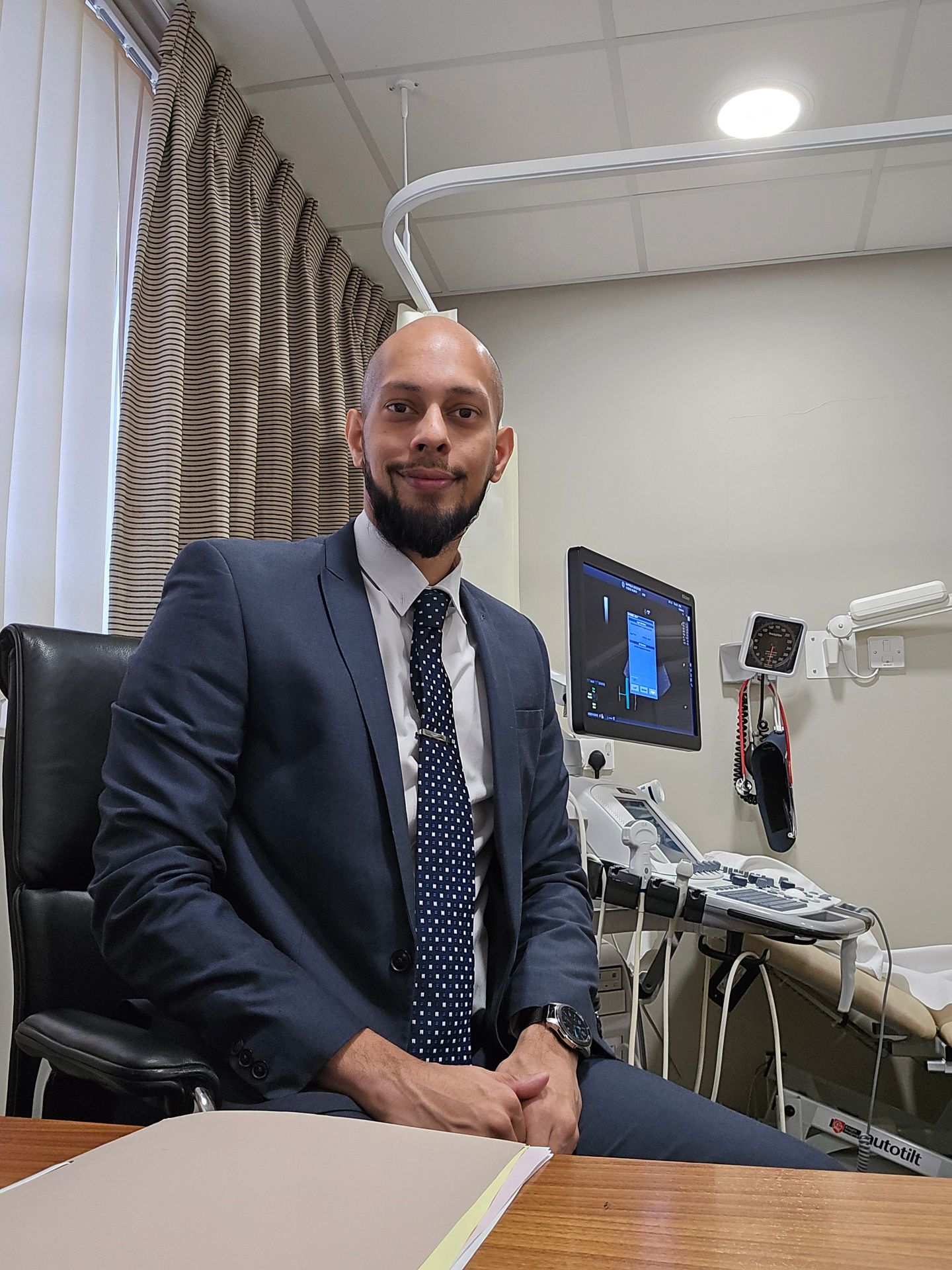Understanding Postural Orthostatic Tachycardia Syndrome (POTS) in Children
Understanding Postural Orthostatic Tachycardia Syndrome (POTS) in Children
Postural Orthostatic Tachycardia Syndrome, commonly known as POTS, is a condition that affects the autonomic nervous system. It primarily impacts blood flow, leading to a variety of symptoms when a person moves from lying down to a standing position. Although POTS is often associated with adults, it can also significantly affect children. Understanding this syndrome is crucial for parents, educators, and healthcare providers.
Children with POTS may experience a rapid increase in heart rate when they stand up, often accompanied by dizziness or lightheadedness. This can make simple daily activities challenging and can impact their quality of life. Recognizing the signs and symptoms early can lead to better management strategies and improved outcomes for young patients.

Symptoms of POTS in Children
Understanding the symptoms of POTS is the first step in identifying the condition in children. Some common symptoms include:
- Rapid heartbeat (tachycardia) upon standing
- Dizziness or lightheadedness
- Fatigue
- Headaches
- Abdominal pain
- Nausea
These symptoms can vary in severity and may be mistaken for other conditions, which makes a thorough evaluation by a healthcare professional essential.
Causes and Risk Factors
Your autonomic (involuntary) nervous system controls involuntary actions, such as the beating of your heart and the widening or narrowing of your blood vessels. When something goes wrong in this system, it can cause problems which affect different functions of your body, including:
Your blood pressure.
Your heart rate.
Your breathing and swallowing.
Your gut (bowel) and bladder function.
The precise cause of POTS remains unclear, but it is believed to involve a combination of genetic and environmental factors. In some cases, POTS may develop after a viral illness, surgery, or trauma. Certain underlying conditions, such as Ehlers-Danlos syndrome or chronic fatigue syndrome, may also increase the risk of developing POTS.

Diagnosis of POTS
Diagnosing POTS in children involves a comprehensive evaluation by a healthcare provider. This typically includes a detailed medical history, physical examination, and specific tests such as a tilt table test or active stand test to measure changes in heart rate and blood pressure.
It is important for parents to keep track of their child's symptoms and any potential triggers. This information can be invaluable during medical consultations and can aid in confirming a diagnosis of POTS.
Treatment Options
Treating POTS in children often requires a multifaceted approach tailored to the individual. Common treatment strategies include lifestyle modifications such as increased fluid and salt intake, wearing compression garments, and engaging in regular physical activity to improve circulation.
In some cases, medications may be prescribed to manage specific symptoms like heart rate or blood pressure. It is vital for treatment plans to be closely monitored and adjusted by healthcare professionals to ensure effectiveness and safety.

The Role of Education and Support
Education and support play a critical role in managing POTS in children. Parents, teachers, and caregivers should be informed about the condition to provide the necessary support at home and school. Understanding the challenges faced by children with POTS can help create a supportive environment that encourages participation in daily activities.
Support groups and online communities can also be valuable resources for families affected by POTS. Connecting with others who have similar experiences can provide emotional support and practical advice for managing the condition.
Living with POTS
While living with POTS can be challenging, many children are able to lead fulfilling lives with the right management strategies in place. Regular follow-up with healthcare providers is essential to monitor progress and make any necessary adjustments to treatment plans.
Encouraging open communication about feelings and symptoms between children, their families, and their healthcare team is crucial. With ongoing research and increased awareness, there is hope for better understanding and management of this condition in the future.
Dr Asgerally runs a dedicated clinic to help assess and diagnose children with symptoms of POTS. If you're concerned about your child's health, get in touch today to find out more.